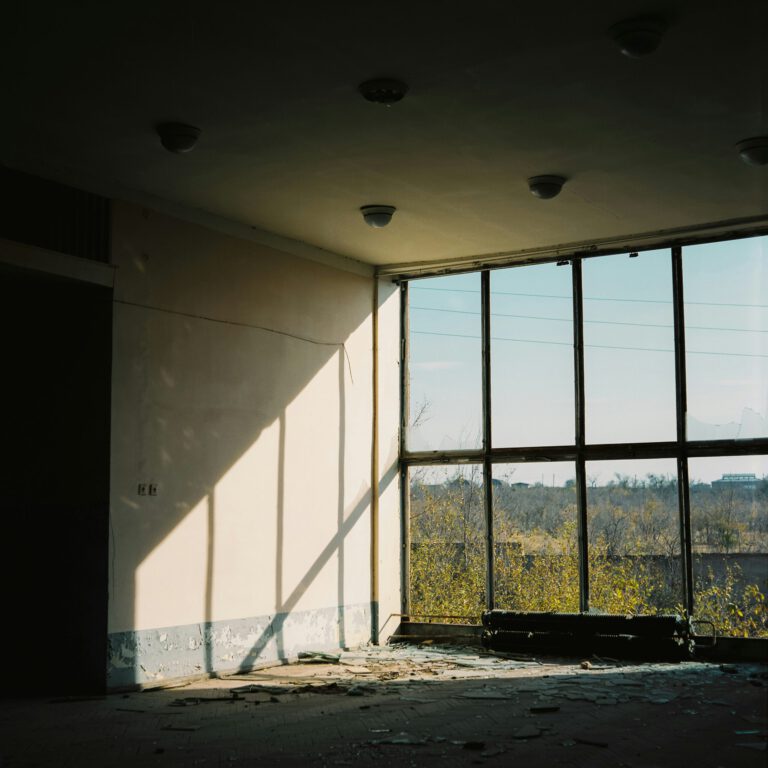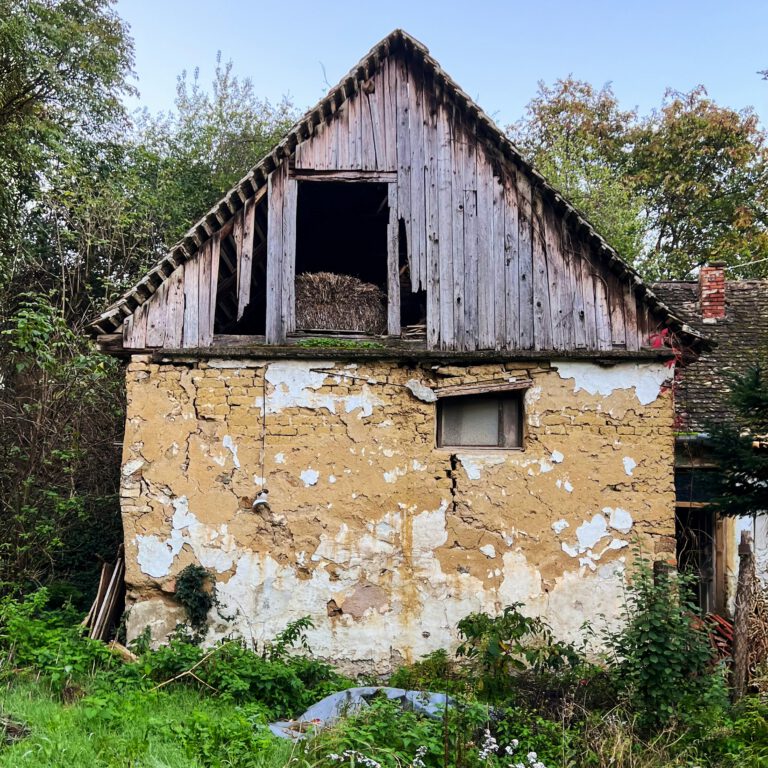A couple of years ago I believed that I was good to go when it came to home insurance. I had taken out a regular policy when I purchased my home, filled out the paperwork, paid the premiums, and didn’t give it another thought. That changed one night when there was a heavy storm brewing and a massive piece of tree branch collapsed onto my roof in the middle of a thunderstorm.
I thought, no worries I am insured! But when I phoned the firm, I discovered the bitter truth: my policy wasn’t paying for the whole repair cost because my dwelling coverage limit was low, and I didn’t have sufficient coverage for damages caused by trees. I had to pay thousands out of pocket. That taught me a lesson, and now I ensure that I check my home insurance periodically.
In this guide, I’ll take you through how to know if you have sufficient home insurance, what to check in your policy, and how to learn from the mistakes that I made.
Why You Need to Review Your Home Insurance
Most homeowners are guilty of believing that if they have a policy, then that’s it for them, and they’re good to go. However, things change:
The price of your home may appreciate over the years
You may upgrade, incorporating additional features or square footage
Weather patterns or natural disasters could alter the risk factors in your region
If you fail to change your coverage to keep pace, you could become underinsured and receive enormous surprise bills following a loss.
The Three Main Parts of Home Insurance You Should Understand
Dwelling Coverage
This is the coverage of your policy for paying for repairing or rebuilding your house’s structure in case it’s destroyed or damaged by a covered occurrence (such as fire, storm, or vandalism).
For instance, following my storm damage experience, I discovered that my dwelling coverage was computed using the market value of my house at the time I purchased it, rather than the real cost of reconstructing it at current costs. That is why I was underinsured.
Tip: Ensure your dwelling coverage is calculated using reconstruction costs, not market value.
Personal Property Coverage
This insures the contents of your home: furniture, electronics, clothing, and other items.
My friend had a blaze in his apartment, and while their landlord’s insurance paid for the building, they were surprised to hear that they had to replace their own belongings. Personal property coverage comes into play here, but you should verify that the coverage limit is adequate and that your policy covers replacement cost (new value) or actual cash value (depreciated value).
Tip: Take an inventory of your home and estimate the worth of everything in it. You may have to increase your coverage or purchase riders on high-value items such as jewelry or works of art.
Liability Coverage
Liability covers you if a visitor is hurt on your property or when you negligently damage another person’s property.
Once, the child of my neighbor fell over my sloping walkway and sprained his ankle. Fortunately, they were not unreasonable, but if they had sued, my liability coverage would have paid for medical expenses and legal fees.
Tip: Review your liability limits most policies begin around $100,000, but most experts suggest raising it to $300,000 or even $500,000.
Common Gaps and Mistakes in Home Insurance Coverage
Not Accounting for Renovations
Did you renovate your kitchen, build a deck, or complete the basement? That adds value to your house and should be included in your policy.
Since my kitchen makeover, I’ve phoned my insurer to review my cover. Without doing so, any claims could have only paid out for the old, lower value.
Omitting Natural Disaster Risks
Typical policies may exclude some disasters, such as floods or earthquakes.
A neighbor, who resides close to a river, learned the hard way when their basement was flooded and, to their dismay, found that flood damage wasn’t included under their homeowner’s insurance. You may be required to buy additional flood or earthquake insurance based on where you live.
Underestimating the Cost of Rebuilding
Building prices may increase over the years, particularly following regional tragedies when materials and labor are in short supply.
I interviewed a contractor who said replacing after a significant storm can add 20-30% to the normal cost. Ensure your coverage adjusts for inflation and regional construction expenses.
How to Examine Your Home Insurance In Detail
Step 1: Collect Your Policy Documents
Take out your current policy and examine the declarations page. This overview outlines your coverages, limits, and deductibles.
Step 2: Update Your Home Inventory
Walk through your property and write down your significant possessions. There are apps that can do this for free. Document by taking pictures or videos.
Step 3: Determine Rebuilding Costs
Speak with a local builder or use online estimators to find out what it would take to rebuild your residence today. Compare it to your dwelling coverage limit.
Step 4: Identify Gaps
Consider any significant life alterations since your previous policy update: renovations, costly acquisitions, changes in lifestyle, or new hazards.
Step 5: Discuss with Your Insurance Agent
Discuss your new information and request a review of your policy. They will assist you in adjusting your coverages and recommend any additional endorsements or policies you may require.
Real-Life Examples That Illustrate Why Adequate Coverage Is Important:
Your neighbor’s tree lands on your roof are you covered? Just if your policy covers falling objects and you have a high enough limit.
A pipe breaks and ruins your finished basement will insurance cover it? Check if you have water damage coverage and if your policy limits are high enough for the new finishes you’ve installed.
Someone slips on your frozen driveway and sues you how much will insurance pay? That depends on your liability limits and whether you have umbrella coverage.
Bonus Tips to Save on Home Insurance
Bundle your home and car insurance with the same company for a discount
Raise your deductible to save on your premium (but be sure you can pay the additional out-of-pocket expense if you must make a claim)
Add safety features such as smoke detectors, burglar alarms, or deadbolt locks to earn discounts
Check your policy each year to ensure you’re not paying for extra coverage you don’t need
When I originally purchased my house, I believed purchasing insurance was a one-time thing: check the box, pay the premium, done. But experiencing surprise expenses and learning from my errors, I now know it’s something that requires ongoing maintenance.
By checking over your home insurance policy, increasing your limits, and ensuring you know what’s covered (and not covered), you can help safeguard your largest asset and steer clear of unpleasant financial shocks.
Just take it from someone who’s been there a small amount of time spent going over your policy today can save you so much money and hassle in the future.
Get list free insurance quote providers in you inbox
Click the button below!




